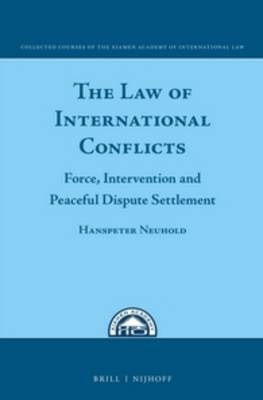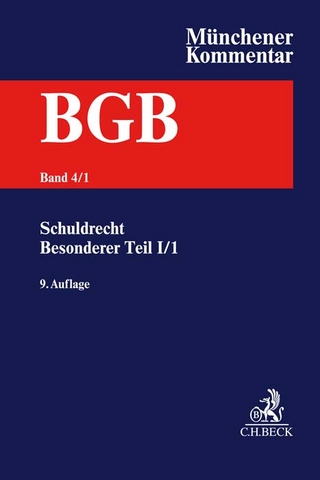
The Law of International Conflict
Martinus Nijhoff (Verlag)
978-90-04-29991-7 (ISBN)
The Law of International Conflict deals with three key principles of modern international law that are related to each other from a policy-oriented perspective. The prohibition in the UN Charter has not stopped the threat or use of force, since the system of collective security of the World Organization still fails to effectively enforce it. On the other hand, the UN has developed peacekeeping operations, non-military sanctions, the international administration of territories, tribunals trying individuals for serious breaches of international humanitarian law and the concept of responsibility to protect. The prohibition of intervention, i.e. coercion below armed force, also poses numerous problems. The alternative, the peaceful settlement of disputes, can be achieved by various methods, all of which have advantages and shortcomings.
Hanspeter Neuhold (1942), Professor emeritus of International Law and International Relations, University of Vienna. He is particularly interested in interdisciplinary security studies.
Contents
1 Introduction
2 A Problem-Oriented Approach to International Law
3 The Prohibition of the Threat or Use of Force
3.1 Legal Strategies to Limit the Use and the Effects of Force in International Relations
3.2 From the Justa Causa Requirement to the Jus ad Bellum as an Element of State Sovereignty
3.3 The Prohibition of the Threat or Use of Force under the un Charter
3.4 Enhancing the Prohibition of the Threat or Use of Force in International Relations
3.5 A Major Gap in the Charter System Prohibiting Force in International Relations: Non-International Armed Conflict
3.6 The Lawful Use of Force within the un System of Collective Security
3.7 The Record of the un System of Collective Security during the Cold War
3.8 The Record of the un after the Cold War
3.9 Self-Defence
4 Non-Intervention in the Internal Affairs of States
4.1 Introduction: Conceptual Problems
4.2 The Evolution of the Principle of Non-Intervention
4.3 Non-Intervention Today: Still a Controversial Issue
5 The Peaceful Settlement of International Disputes
5.1 The Principle
5.2 The Main Methods of Dispute Settlement: General Remarks
5.3 Negotiation
5.4 Good Offices
5.5 Early Warning
5.6 Enquiry
5.7 Mediation
5.8 Conciliation
5.9 Arbitration and Adjudication
5.10 The un System for the Peaceful Settlement of Disputes
Conclusion
Index
| Erscheinungsdatum | 25.02.2016 |
|---|---|
| Reihe/Serie | Collected Courses of the Xiamen Academy of International Law ; 5 |
| Sprache | englisch |
| Maße | 155 x 235 mm |
| Gewicht | 500 g |
| Themenwelt | Recht / Steuern ► EU / Internationales Recht |
| Recht / Steuern ► Privatrecht / Bürgerliches Recht ► Internationales Privatrecht | |
| Sozialwissenschaften ► Politik / Verwaltung ► Europäische / Internationale Politik | |
| ISBN-10 | 90-04-29991-2 / 9004299912 |
| ISBN-13 | 978-90-04-29991-7 / 9789004299917 |
| Zustand | Neuware |
| Haben Sie eine Frage zum Produkt? |
aus dem Bereich


